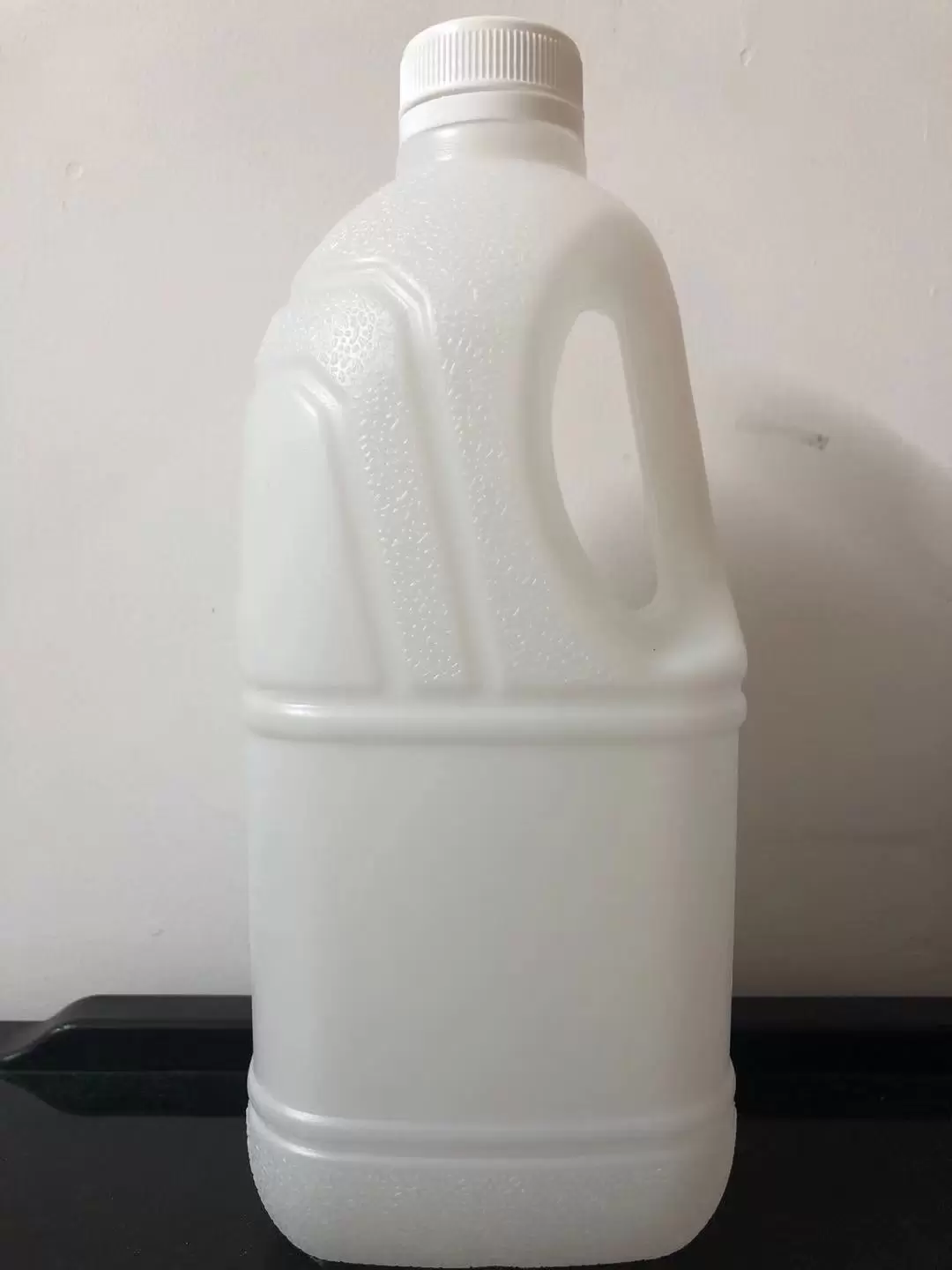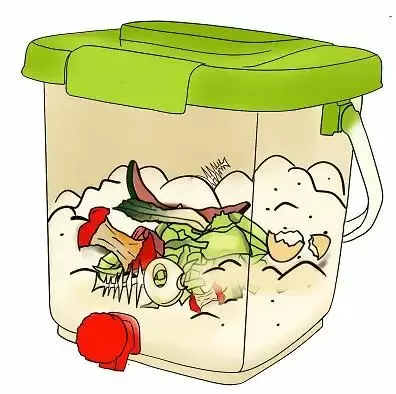

Allthe money for nutrient solution is wasted. I'll teach you simplecomposting for one minute
2021-05-0715:00
Ibelieve that many people like to take care of flowers and plants athome and in the workplace, because plants can not only beautify thesurrounding environment, but also have the effect of repellinginsects. However, flower cultivation not only requiresappropriate water and light, but also provides nutrients andfertilizers required by flowers and plants at appropriate growth anddevelopment stages. Otherwise, flowers and plants lackingfertilizer are prone to yellow veins and short plants.
Accordingto the guidelines for fertilizer registration issued by the Ministryof agriculture and rural areas, fertilizers are defined as "organic,inorganic, micro-organisms and their mixtures that are used toprovide, maintain or improve plant nutrition, soil physical, chemicalproperties and biological activities, improve the quality ofagricultural products, or improve the quality of agriculturalproducts, or enhance the resistance of plants to adversity".Fertilizers can be divided into nitrogen fertilizers, potassiumfertilizers, trace element fertilizers and rare earth elementfertilizers according to their different components.
Thenecessary nutrients for plants include 17 elements such as carbon,hydrogen, oxygen, nitrogen, phosphorus, potassium, calcium,magnesium, sulfur, iron, boron, manganese, copper, zinc, molybdenum,chlorine and nickel.
Accordingto the guidelines for fertilizer registration issued by the Ministryof agriculture and rural areas, fertilizers are defined as "organic,inorganic, micro-organisms and their mixtures that are used toprovide, maintain or improve plant nutrition, soil physical, chemicalproperties and biological activities, improve the quality ofagricultural products, or improve the quality of agriculturalproducts, or enhance the resistance of plants to adversity".Fertilizers can be divided into nitrogen fertilizers, potassiumfertilizers, trace element fertilizers and rare earth elementfertilizers according to their different components.
Thenecessary nutrients for plants include 17 elements such as carbon,hydrogen, oxygen, nitrogen, phosphorus, potassium, calcium,magnesium, sulfur, iron, boron, manganese, copper, zinc, molybdenum,chlorine and nickel.
Inthe growth process of plants, the lack of any kind of nutrients willaffect the normal growth and development of plants. In the past,people used to buy online fertilizers to irrigate flowers and plants,but there were many problems such as mixed good and bad fertilizerproducts, shoddy products, and excessive heavy metals. Unqualifiedproducts not only fail to achieve the purpose of cultivating flowersand plants, but may also easily damage flowers and plants.
Today,I teach you a way to save money and feel at ease: making compost fromwet garbage such as melon peel at home can also make flowers, plantsand grass flourish.
Onweekdays, we classify garbage every day, and wet garbage accounts forhalf of our domestic garbage. Most of the wet garbage will bemade into organic fertilizer after being recycled, so as long as thematerials are suitable and the methods are appropriate, we can alsomake compost at home. Self made compost can not only reduce thegeneration of wet garbage, but also save the cost of raising flowers,which is a very environmentally friendly behavior.
Notall wet garbage can be composted
But it is worth noting that not every kind of wet waste is suitable for composting. If some kitchen waste is not handled properly, it may cause the composting bucket to stink and affect the family environment. Therefore, the selection of household compost is extremely important.
The main ingredients such as pericarp and cauliflower leaves are sugars and proteins, which are the main materials for household composting.
Coffee grounds, tea grounds and nut shells can also be used for composting.
Egg shells and animal bones can enrich the ingredients of compost and greatly increase the nutrition of compost.
Itshould be noted that egg shells and animal bones need to be cleanedbefore they can be put into the composting barrel. Others needto be chopped as much as possible, which is conducive to microbialdecomposition and accelerate the maturity of compost.
Compostcontainers are exquisite

Compostbarrels should be as large as possible. Milk barrels or beveragebottles with more than 1 liter are recommended based on the principleof waste utilization.
| _ |
Before composting, the container shall be cleaned and dried. |
| _ |
The composting materials should be mixed with the soil as well as possible and then put into the composting bucket. Turn it once every 5-15 days, a total of 1-2 times. |
| _ |
The volume of compost should not be too full and should occupy two-thirds of the compost barrel. |
| _ |
In order to prevent excessive moisture and gas in the barrel, the excess gas and liquid should be discharged regularly. If you need to accelerate fermentation, you can shake the compost barrel regularly. Before shaking the compost barrel, you should first turn on the exhaust. |
| _ |
Choosing a composting bucket with a smaller diameter for household composting is conducive to discharging the liquid in the bucket conveniently, and the lid of the composting does not need to be tightened too tightly to prevent the composting bucket from bursting due to excessive gas volume. |
| _ |
In the process of living at home, you can put composting materials into the composting bucket every day, and the composting can be completed in 1-3 months, and the composting time in summer is even shorter. |
Whatis the principle of composting?
Thedecomposition process of compost is a biological process of microbialfermentation. Various microorganisms beneficial to fermentation anddecomposition, such as fungi, bacteria, yeast and actinomycetes,distributed in the natural environment, are used to purposefullycontrol and promote microbial degradation of organic matter andconvert unstable organic matter into stable humus organic fertilizerunder artificially created and provided conditions.

Compostcan be divided into aerobic compost and anaerobic compost accordingto the degree of oxygen demand in the composting process. Homemade compost belongs to aerobic compost. According to the changeof temperature during composting, aerobic composting can be dividedinto heating stage, high temperature stage and maturity stage. Atthe initial stage of composting (i.e. the heating stage), the compostbody is basically at medium temperature (15-45 ℃),thermophilic microorganisms in the compost continue to reproduce anddecompose organic matters, and the composting temperature keepsrising. When the composting temperature rises above 45 ℃,the composting enters the high-temperature stage, and thermophilicmicroorganisms continue to decompose the organic matter that was notcompletely decomposed in the previous stage. When the compostingtemperature rises above 70 ℃,a large number of microorganisms in the compost will die, the heatreleased will be reduced, the temperature of the compost will bereduced, and the compost will enter the mature stage. After theorganic matter in the compost is completely decomposed into stablehumus, the compost can be made successfully.
Compostcan be divided into aerobic compost and anaerobic compost accordingto the degree of oxygen demand in the composting process. Home madecompost belongs to aerobic compost. According to the change oftemperature during composting, aerobic composting can be divided intoheating stage, high temperature stage and maturity stage. At theinitial stage of composting (i.e. the heating stage), the compostbody is basically at medium temperature (15-45 ℃),thermophilic microorganisms in the compost continue to reproduce anddecompose organic matters, and the composting temperature keepsrising. When the composting temperature rises above 45 ℃,the composting enters the high-temperature stage, and thermophilicmicroorganisms continue to decompose the organic matter that was notcompletely decomposed in the previous stage. When the compostingtemperature rises above 70 ℃,a large number of microorganisms in the compost will die, the heatreleased will be reduced, the temperature of the compost will bereduced, and the compost will enter the mature stage. After theorganic matter in the compost is completely decomposed into stablehumus, the compost can be made successfully.